This information was announced by the excavation team of the National History Museum on the afternoon of June 16 at the preliminary report on the results of the second phase of excavation held at the Department of Culture and Sports . Many leading experts, researchers, culturalists, etc. attended.
Ban Mountain relic - considered the Nam Giao altar of the Tay Son dynasty, where Nguyen Hue held a ceremony to inform heaven and earth, and officially ascended the throne with the reign name Quang Trung in 1788.
More clearly the scale, texture
This site was ranked as a National Historical Relic in 1988. This second phase of excavation, following the first phase, will take place in July 2022, also undertaken by the National Museum of History. The excavation aims to determine the scale and original structure for conservation purposes and to build this site into a special National Relic.
Based on the traces of stone and brick foundations discovered in the first phase of excavation, experts have expanded the excavation pits and developed them on the sides to clarify the scale and structure of the pedestal. Mr. Nguyen Ngoc Chat, Deputy Head of the Research and Collection Department (National Museum of History) said that with the expanded excavation area of the second phase of over 200m2, along with the stratigraphic changes and the exposed traces of the foundation, new insights have been brought to more clearly define the scale and structure.
According to Mr. Chat, the entire altar consists of 3 truncated cone-shaped floors stacked on top of each other, the base of the altar is split and cut into corners and edges. In addition to the sides of the altar being natural rock cliffs, many locations are built and supplemented with bricks and stones to create an octagonal floor plan (each side is 32-33m long).
The first floor has a fairly wide surface, the North and East sides are nearly 8m wide, the West side is narrowed to 6.8m and the South side is bulging to 9.7m. The second floor has a surface width of 6.5 - 7.1m. Meanwhile, the top third floor - where Emperor Quang Trung held ceremonies - has a nearly egg-shaped circular shape with a North-South diameter of 19m, East-West width of 17.8m, and a flat floor.
The relics found are pale yellow sandstone, or pale purple, blue-gray, or white-gray schist, interspersed with broken bricks. The bricks date back to the 18th century.
“From the results obtained, it can be seen that the Tay Son altar in Ban mountain had a simple construction technique, taking advantage of the natural rocky terrain, which was split and built to create a special scale and structure. This clearly reflects the urgent nature in the construction of the altar, the coronation of Bac Binh Vuong Nguyen Hue”, Mr. Chat commented. Although urgent, the contemporary designers still had a sense of planning, bringing harmony, balance and ensuring the theory of three talents.
"Heaven - Earth - Human" with 3 circular floors above on Bin Mountain.
There is a difference, with profound philosophical elements
Compared to the ancient and medieval sacrificial groups in the world , this shows that the altar at Ban Mountain is different, mainly based on natural factors, so the investment in construction is insignificant. The octagonal base of the altar also has a profound philosophical meaning, like the Bagua shape in the Book of Changes or the meaning of "four communication eight great" - communicating on all four sides throughout all eight directions, showing legitimacy, communicating with heaven and earth.
Also in this excavation, experts discovered traces of a system of steps going up and down to the northwest of the altar. The traces are quite clear and large. This shows that it is consistent with feng shui factors, directly related to the destiny and age of Bac Binh Vuong Nguyen Hue.
From this result, the excavation team suggested that the Department of Culture and Sports should soon prepare documents and build a dossier to propose recognizing Ban Mountain as a "special national relic". In particular, focusing on surveying and evaluating the current status of land use and infrastructure in the planning area; determining the boundaries of protected areas I, II, landscape protection areas, and restricted areas; orienting the promotion of relic values associated with sustainable tourism development; planning landscape architecture space; forecasting environmental impacts and proposing environmental protection measures...
During the first phase of excavation, experts opened 9 pits in the four directions of East, West, South, and North of the current altar. Depending on each pit, the excavation was opened in different directions. Notably, in the western area, where 5 pits were opened, some original traces appeared such as the embankment, the slope, the first floor foundation and part of the foot of the second floor side of the Nam Giao altar during the Tay Son period. Or like the southern area with a pit running in the North - South direction, showing that the original altar remains only a fairly flat area of the first floor foundation, 2m wide, exposed at a depth of 0.5m.
Source


![[Photo] Scientific workshop "Building a socialist model associated with socialist people in Hai Phong city in the period of 2025-2030 and the following years"](https://vphoto.vietnam.vn/thumb/1200x675/vietnam/resource/IMAGE/2025/5/21/5098e06c813243b1bf5670f9dc20ad0a)
![[Photo] Determining the pairs in the team semi-finals of the National Table Tennis Championship of Nhan Dan Newspaper](https://vphoto.vietnam.vn/thumb/1200x675/vietnam/resource/IMAGE/2025/5/21/eacbf7ae6a59497e9ae5da8e63d227bf)
![[Photo] Prime Minister Pham Minh Chinh receives the President of Asia-Pacific region of PowerChina Group](https://vphoto.vietnam.vn/thumb/1200x675/vietnam/resource/IMAGE/2025/5/21/0f4f3c2f997b4fdaa44b60aaac103d91)


![[Photo] Prime Minister Pham Minh Chinh receives Rabbi Yoav Ben Tzur, Israeli Minister of Labor](https://vphoto.vietnam.vn/thumb/1200x675/vietnam/resource/IMAGE/2025/5/21/511bf6664512413ca5a275cbf3fb2f65)
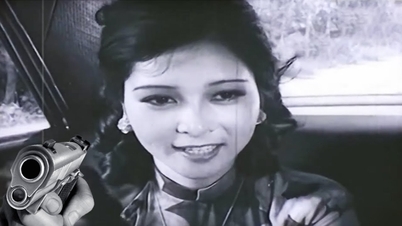

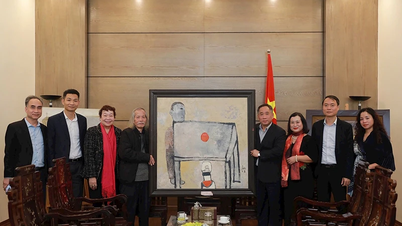



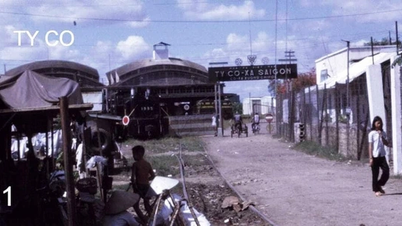
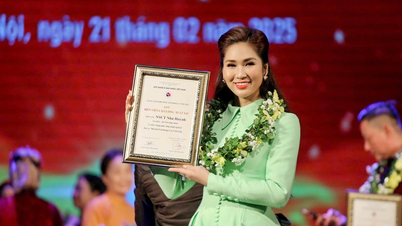




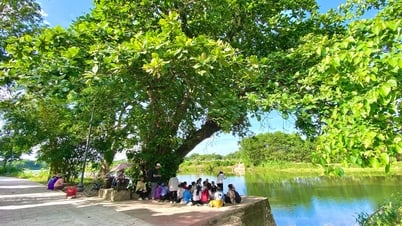



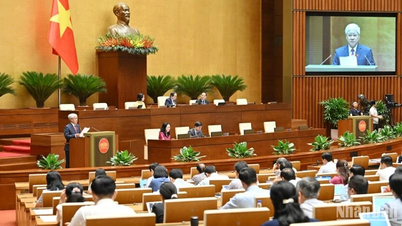
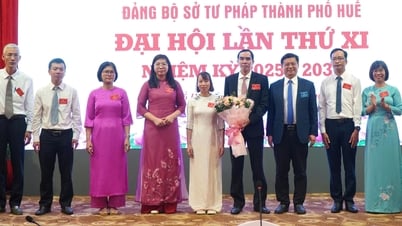










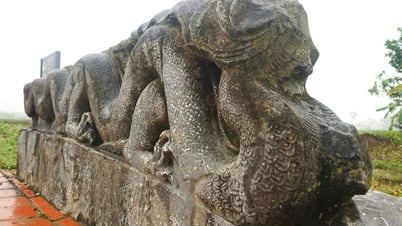


















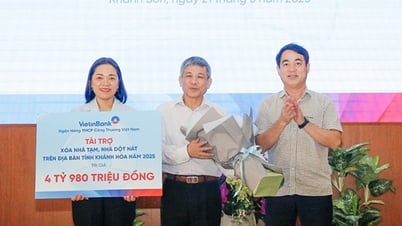













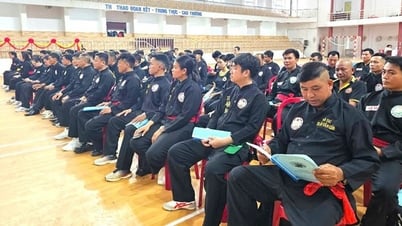



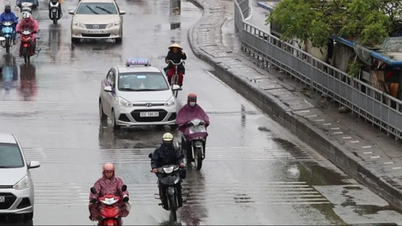




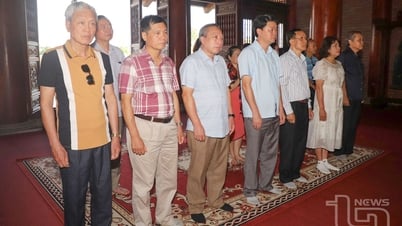

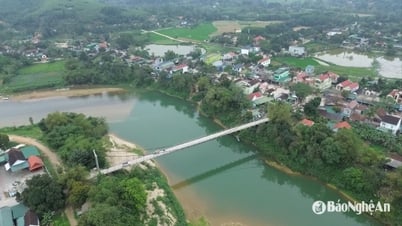











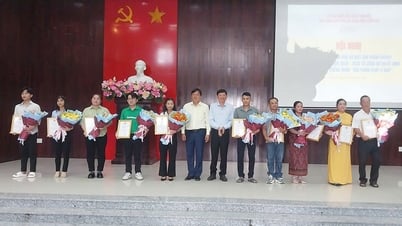

Comment (0)